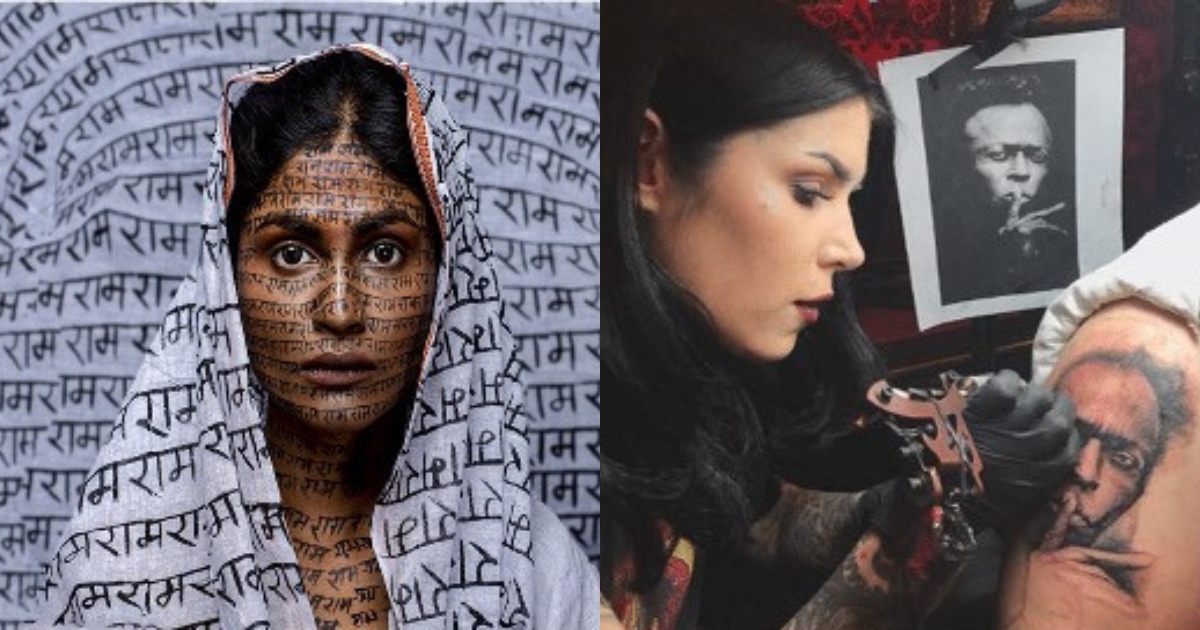In the dynamic world of fast fashion, wherein the trends of fashion constantly evolve, and the consumer expectation desires an assortment of clothing options which offer a way of reflecting their personality, latest trends, and excellent quality. To gain leverage on customer expectations, the customer service must be impeccable whether shopping online or in-store. To meet these rapidly changing dynamics the integration of technology within the fashion supply chain has emerged as a critical factor in its success. This is mainly done by the brands and the retailers to meet and improve customer expectations at the forefront.
Technology integration in the fashion supply chain refers to the integration of digital solutions and cutting-edge technologies to streamline the process. Such integration generally incorporates tools like artificial intelligence, inventory management software, data analytics software etc., which will facilitate the supply chain in the fashion markets. Firstly, technological integration provides efficiency by automating repetitive tasks, optimizing workflow processes, and reducing lead times. By advancing digital solutions the fashion industry can swiftly respond to market demands while enhancing productivity and minimizing error. Additionally, these fosters enhanced supply chain mechanisms wherein it provides insights into inventory levels, production status and distribution channels.
Despite technological integration offering a plethora of benefits to the fashion supply chain, the fashion industry faces a vast amount of challenges in its adoption such as data management complexities, supply chain visibility gaps adoption barriers etc. In the midst of these challenges, there are vast opportunities for innovation and growth.
The integration of technologies brings several opportunities lets discuss them:
The abundance of data that are generated across the fashion supply chain presents an idea and understanding for the decision making and predictive insights. By leveraging big data analytics, AI and IoT sensors, companies have the ability to identify patterns, to detect market trends, optimize inventory levels and the ability to forecast demand more accurately. Apart from these, such opportunities will facilitate collaboration and knowledge sharing across the fashion ecosystem, from designers and suppliers to manufacturers and retailers. By leveraging technologies like 3D prototyping, digital sampling, and automated production processes, brands can accelerate product development cycles, shorten lead times, and bring innovative designs to market more quickly, gaining a competitive edge. Technology integration enables fashion companies to build more resilient supply chains capable of adapting to unforeseen disruptions, such as natural disasters, geopolitical events, or pandemics. It enables fashion companies to track and trace raw materials and products throughout the supply chain, promoting greater transparency and accountability. Additionally, tools like predictive analytics and machine learning can optimize resource utilization, reduce waste, and support sustainable sourcing practices, contributing to environmental conservation efforts[1].
Integration of technology also invites several challenges, lets understand them:
The fashion companies have an existing system that were developed and were easily compatible with the newer technologies and this has resulted in integrating challenges and a requirement for investment in system upgrades also have completed in overhauls to ensure seamless compatibility with modern tech solution. The fashion supply chain generates a vast amount of data from various sources which includes suppliers, manufacturers, coordination partners and sales channels. The integration and management of data is crucial for gaining insights and making informed decisions. The data sources, inconsistent formats and data quality issues are complicated integration, and it hinders accurate analysis. Further, different technologies are used at various stages of supply chain, it requires seamless communication that facilitate smooth operations and to achieve interoperability between such technologies become challenging while dealing with proprietary systems or diverse vendor solutions. Now without interoperability, data silos can emerge which leads to inefficiencies and fragmented insights[2].
Implementing modern technologies requires a significant upfront investment which includes costs associated with hardware, software, training, and infrastructure upgrade. Implementing the latest technologies requires a significant upfront investment which includes costs associated with hardware, software, training, and infrastructure upgrade. For a small fashion business, the financial burden of technology integration can be prohibitive as they operate on tight margins. To find cost-effective measures, minimizing the expenses is essential for successful implementation. One of the most concerning issues is that with an increase in digitalization, there are several other risks associated such as data breaches, cyber threats, and privacy violations. It becomes important to protect this sensitive information such as the customer data, Intellectual Property and trade secrets which are paramount for safeguarding the interests of stakeholders and the fashion houses. Robust data security measures which include encryption, access control and regular audits are essential for mitigating risks and maintaining trust[3].
The fashion industries are subject to various regulations related to product safety, environmental sustainability, labor practices and data protection. Ensuring a regulatory compliance while integrating innovative technologies requires a careful attention and planning, the fashion companies are required to stay abreast of evolving regulatory requirements and implement appropriate measures to adhere to the legal standards.
The integration of technology in the fashion supply chain provides a wide range of challenges along with opportunities which are crucial for the industry’s growth, evolution, and competitiveness.
This article identifies several challenges that are associated with technological integration in the fashion supply chain, such as data management complexities, supply chain visibility gaps, adoption barriers, legacy systems, and infrastructure limitations etc. which require strategic and innovative solutions. Interestingly, amidst all these challenges such integration also provides a wide array of opportunities for innovation and growth of the fashion supply chain such as enhancing collaboration among the stakeholders, automation, and AI-driven solutions, incorporating principles of sustainability and transparency by such integration.
In the world of fast fashion and rapid changes in the dynamic of fashion, the adaptation of the technology cannot be overlooked, for the fashion industry to thrive in market dynamics such technological integration is necessary. Regarding the future outlook of technological integration in the fashion industry. Advancements in such an arena continue to shape the future of the fashion industry and furthermore, such integration will revolutionize the way fashion `businesses operate. It holds immense potential to drive efficiency, sustainability, and transparency empowering businesses to thrive in this digital era.
[1] Business of Fashion, https://www.businessoffashion.com/articles/technology/state-of-fashion-technology-report-value-chain-operations-integration/ (last visited April 15, 2024).
[2] Fibre2Fashion, https://www.fibre2fashion.com/industry-article/9765/revolutionising-apparel-sourcing-how-technology-is-reshaping-the-fashion-supply-chain ( last visited April 15, 2024).
[3] Oracle, https://www.oracle.com/in/retail/fashion/fashion-supply-chain/ (last visited April 15, 2024).
Author:

Anchit Bharti
She is a third-year Law student at the University of Petroleum and Energy Studies, Dehradun Uttarakhand.

















